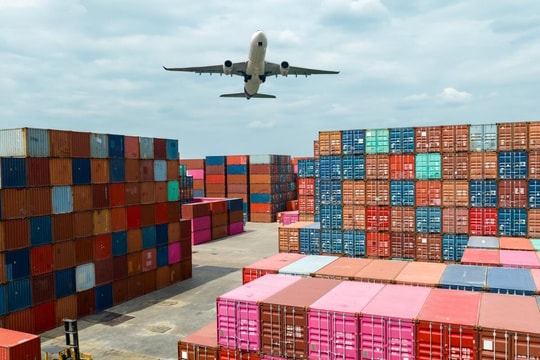
Understanding Supply Chain Resilience
Supply chain resilience refers to the ability to detect disruptions early, respond flexibly, and recover quickly. The key lies in proactivity—companies must not only react when risks occur but also prepare for various scenarios and build systems ready to adapt.
This concept goes far beyond traditional risk management. While businesses once focused on minimizing costs and optimizing inventory, the priority now is their ability to "absorb shocks" and "bounce back" after crises. According to a 2024 McKinsey survey, 73% of global supply chain leaders have increased investments in resilience strategies since the pandemic.
Why Is Resilience So Important?
No supply chain is immune to risk. From the global chip shortage that paralyzed the automotive industry to the Suez Canal blockage that disrupted hundreds of billions of dollars in trade—such events highlight the vulnerability of the global logistics system.
A strong supply chain helps companies avoid financial losses, maintain reputation, deliver a consistent customer experience, and stay competitive. Research by Boston Consulting Group shows that companies with resilient supply chains recover revenue twice as fast as their peers following a crisis.
Moreover, supply chain resilience is increasingly linked to regulatory compliance and ESG (Environmental, Social, Governance) standards. Many governments and international bodies now require companies to ensure transparency in sourcing, traceability of materials, and adherence to labor and environmental standards.
Strategies for Building a Sustainable Supply Chain
Diversifying Supply Sources: Historically, many companies concentrated their supply chains in low-cost countries like China. However, COVID-19 and geopolitical tensions exposed the risks of this model. Now, trends like “China + 1”, “Friend-shoring,” and “Near-shoring” are gaining traction, giving businesses alternative options during crises.
Data Is Power: Technologies such as IoT, blockchain, and digital supply chain platforms are being used to increase visibility. Companies can track goods in real time, identify bottlenecks, predict delivery times, and make faster, more accurate decisions.
Example: Nestlé has implemented a system to trace agricultural raw materials from farm to factory, ensuring quality and enabling timely issue resolution.
Automation and Digitization: Artificial intelligence (AI), machine learning (ML), and big data help businesses build demand forecasting models, optimize delivery routes, and plan smart production schedules. These not only reduce costs but also enable better response to sudden demand shifts.
Scenario Planning for Every Risk: Businesses should build “Digital Twins”—digital replicas of their supply chains—to simulate, test, and optimize operations. Emergency plans (Business Continuity Plans) and strategic reserves should also be in place to ensure continuity during crises.

Real-World Practices from Leading Companies
Walmart – Technology and Network Strength: Walmart has invested over $11 billion in the past three years to upgrade its supply chain, focusing on automation, self-driving trucks, and smart warehouses. This enables faster deliveries, waste reduction, and quick recovery from natural disasters or disruptions.
Toyota – Lean But Not Fragile: Famous for its “Just-in-Time” model, Toyota revised its strategy after Japan's 2011 disaster, adopting a hybrid approach: still lean, but with early-warning systems, backup suppliers, and safety stock for critical components.
Unilever – Aiming for a Flexible and Sustainable Supply Chain: Unilever uses AI for demand forecasting and inventory optimization in over 100 countries. The company has also committed to achieving carbon neutrality across its supply chain by 2039—showing that resilience is not just about reacting but about long-term sustainable development.
Supply chain resilience is no longer a luxury—it’s a prerequisite for competition and survival. Investing in resilience not only helps businesses survive crises but also creates significant advantages in operations, brand trust, and adaptability to ESG, digitization, and globalization trends.
The question is no longer “should we” but “how do we start and scale the right resilience strategy.” In an unpredictable world, a resilient supply chain is not just a protective shield—it’s a strategic springboard for breakthrough growth.


.jpg)
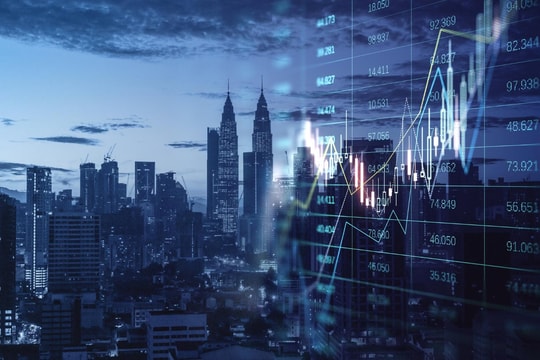
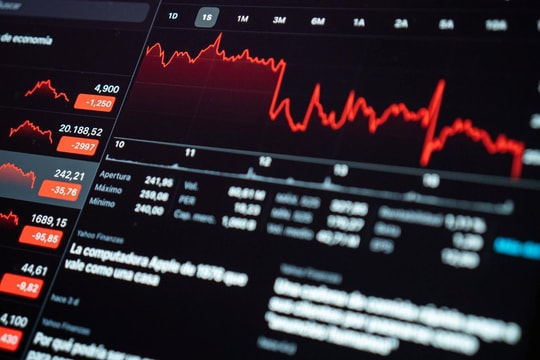
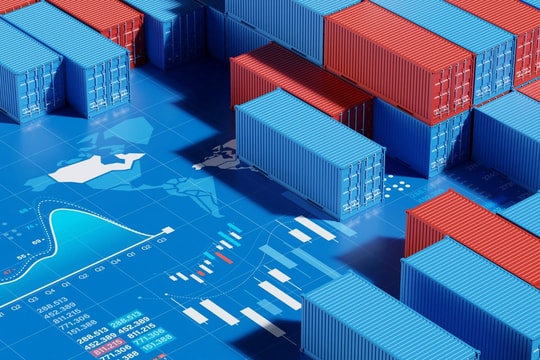
.jpg)

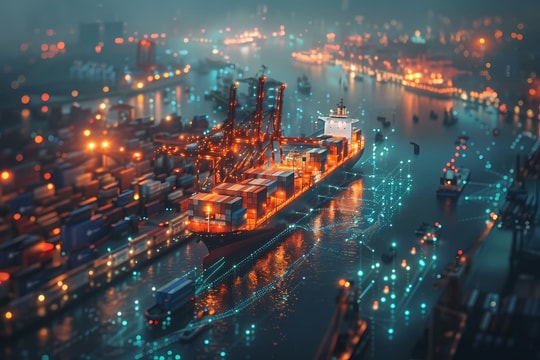
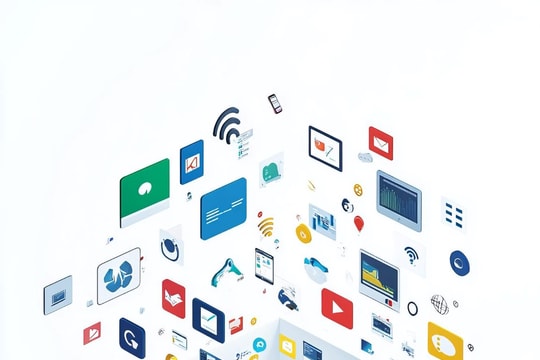

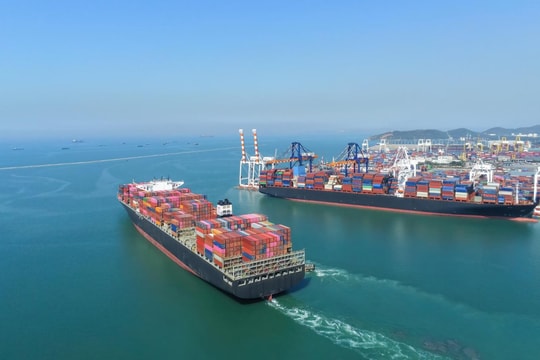

.png)
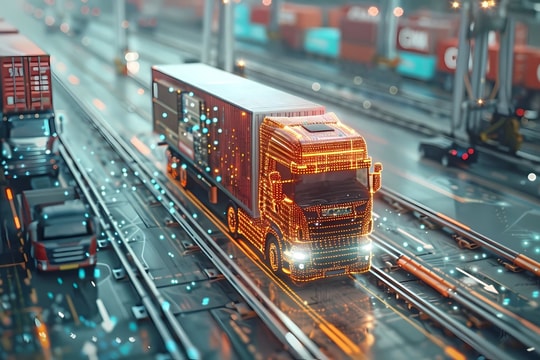

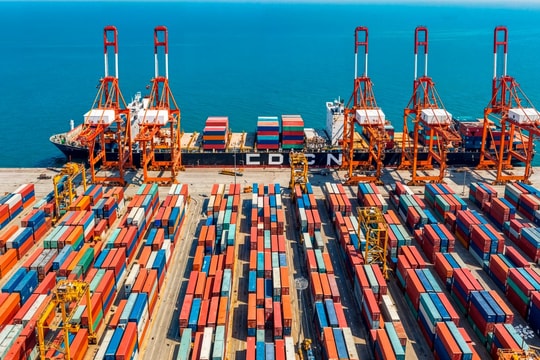

.png)

